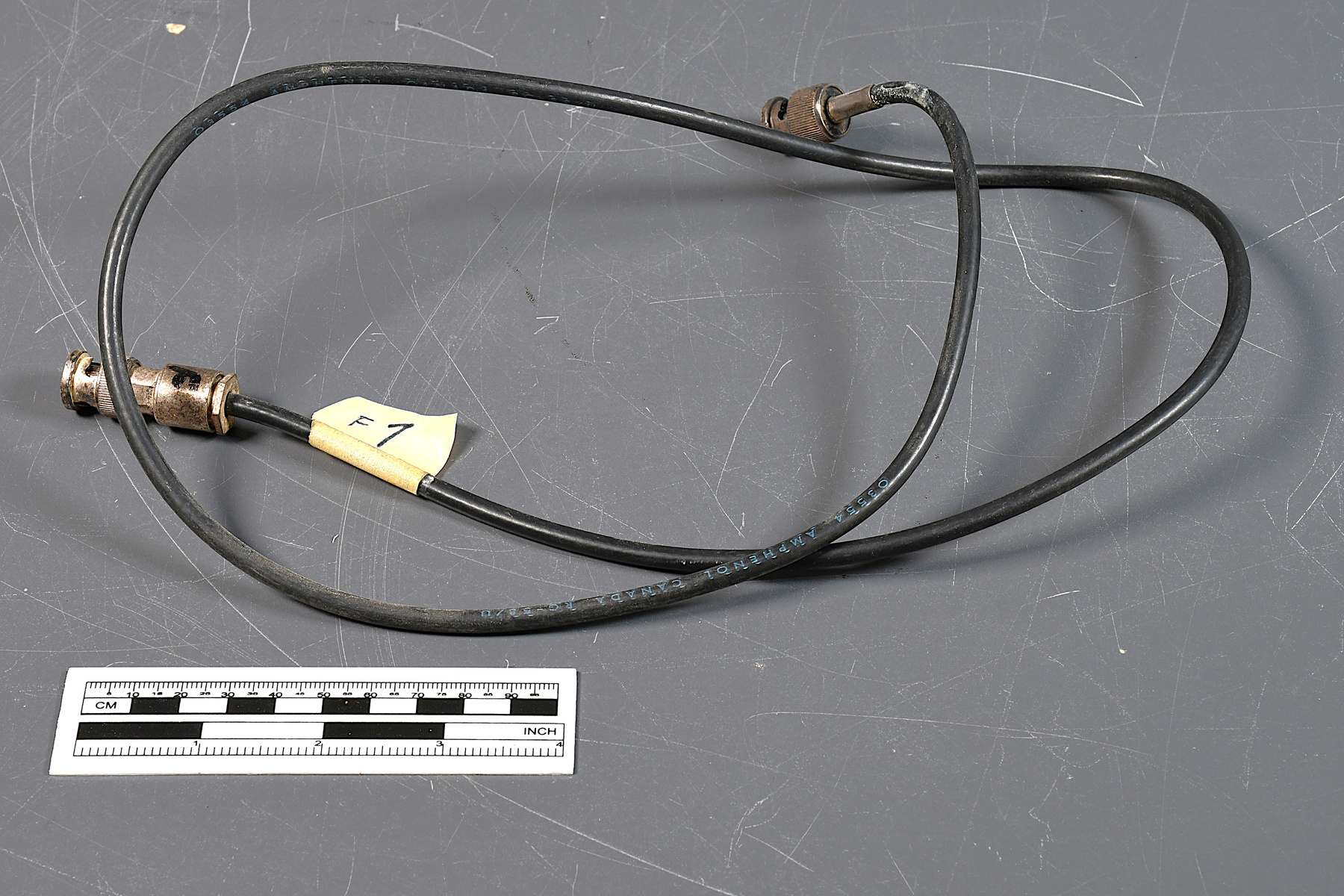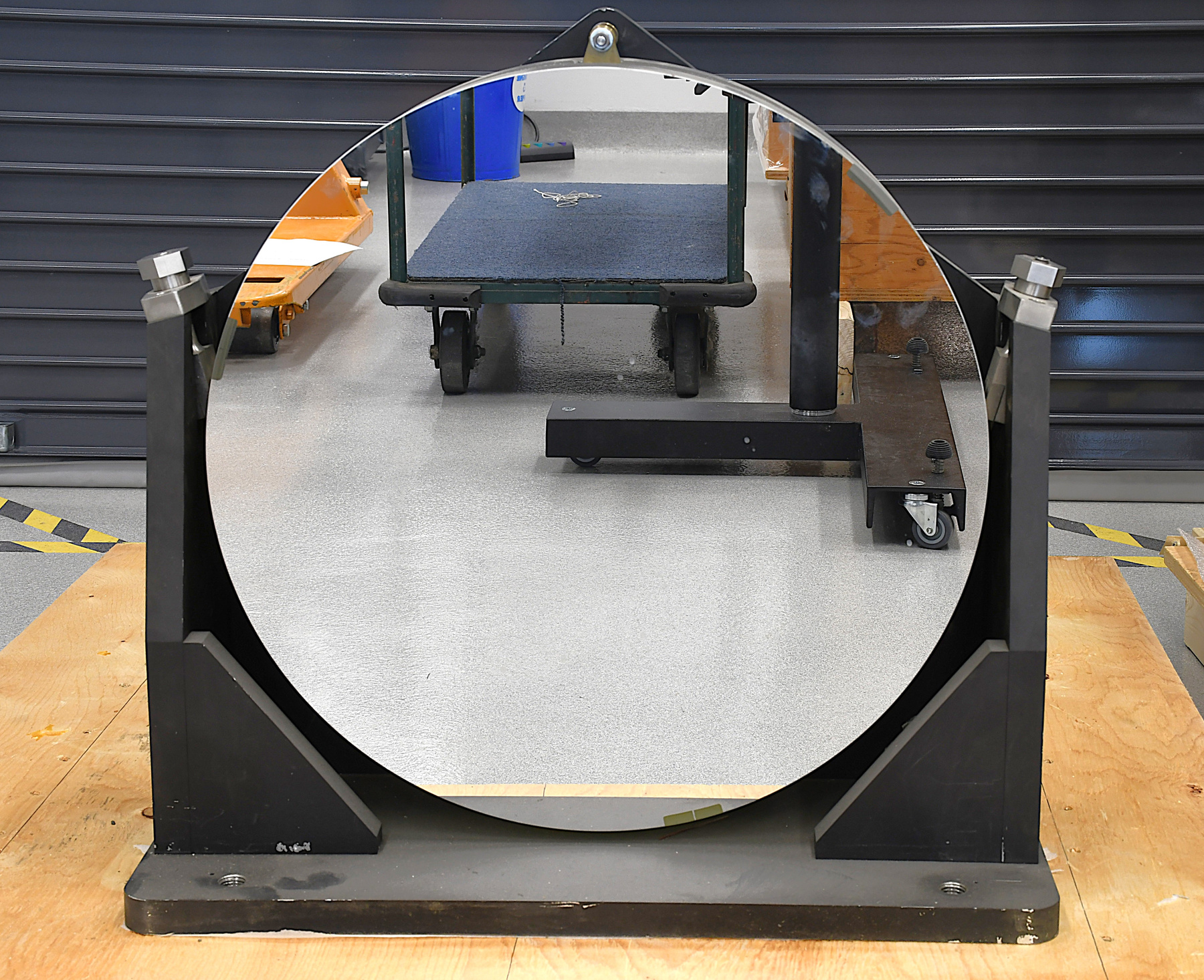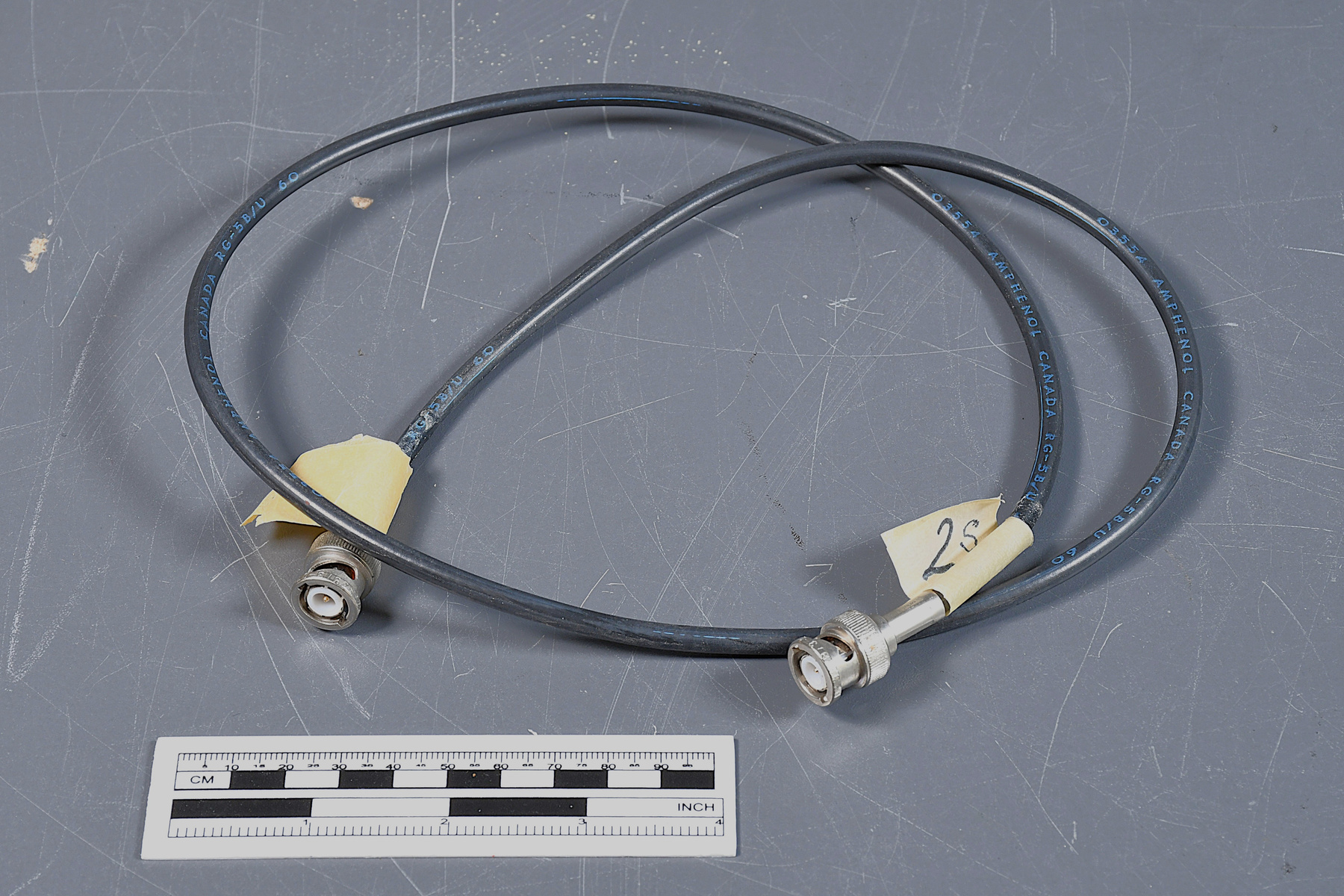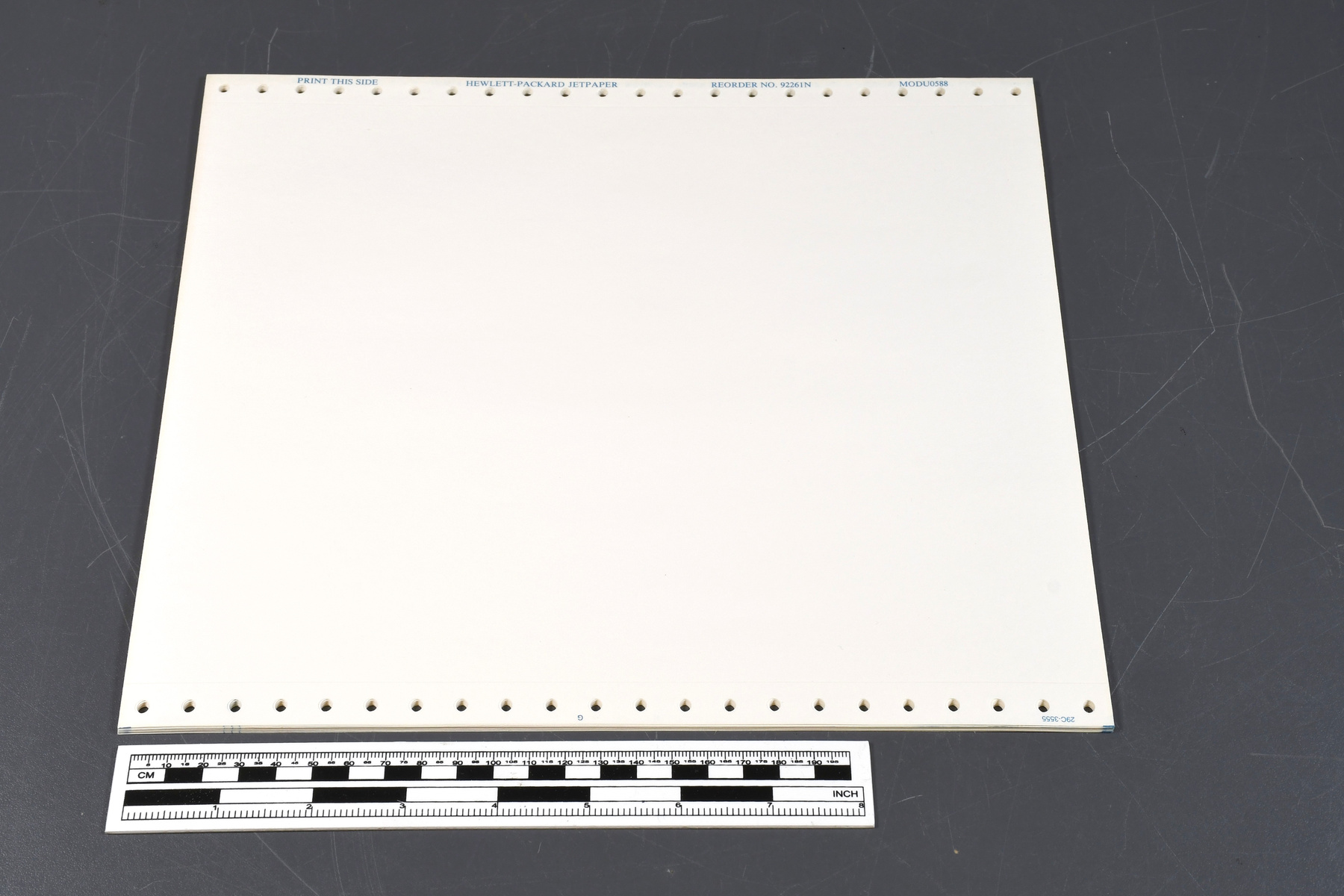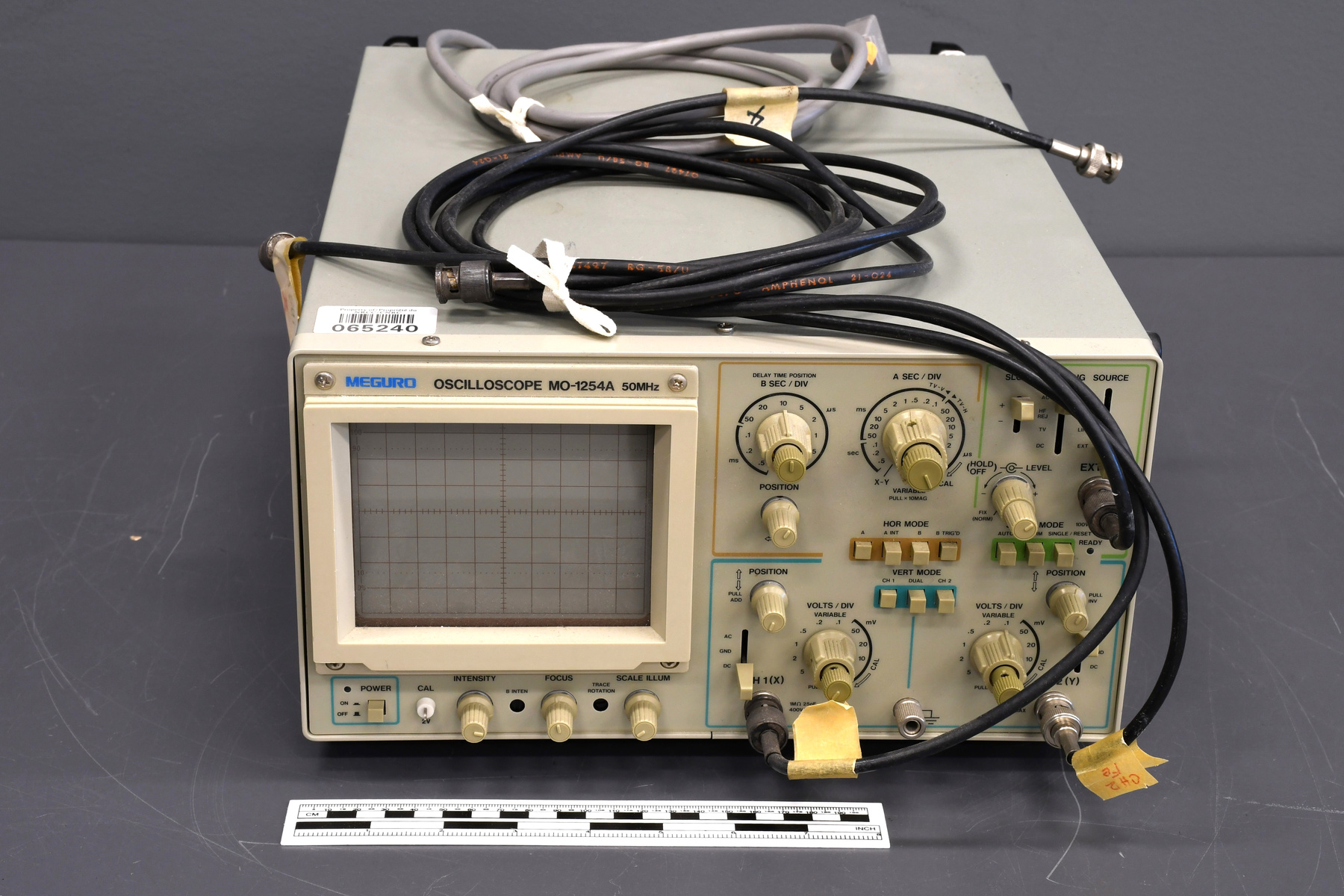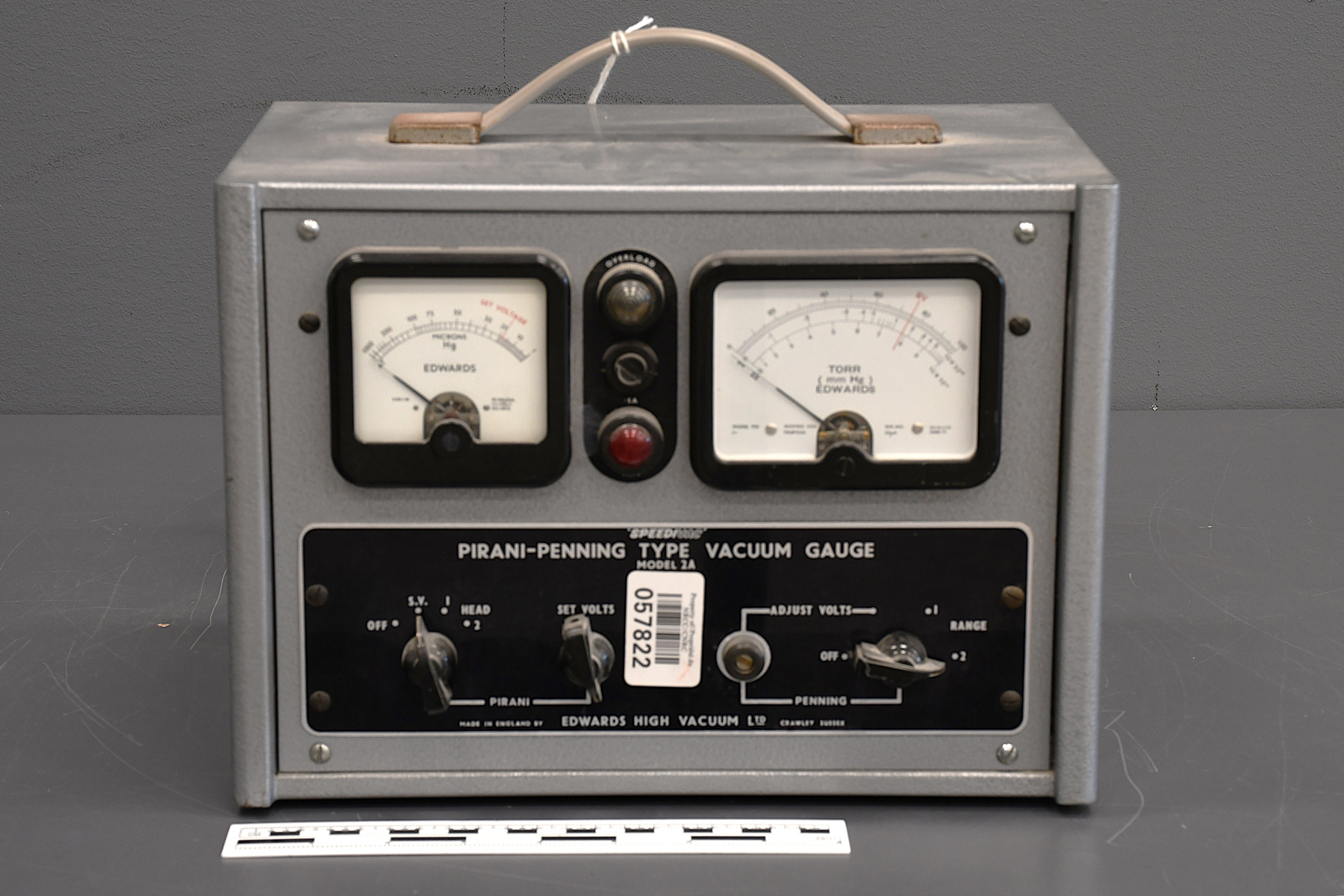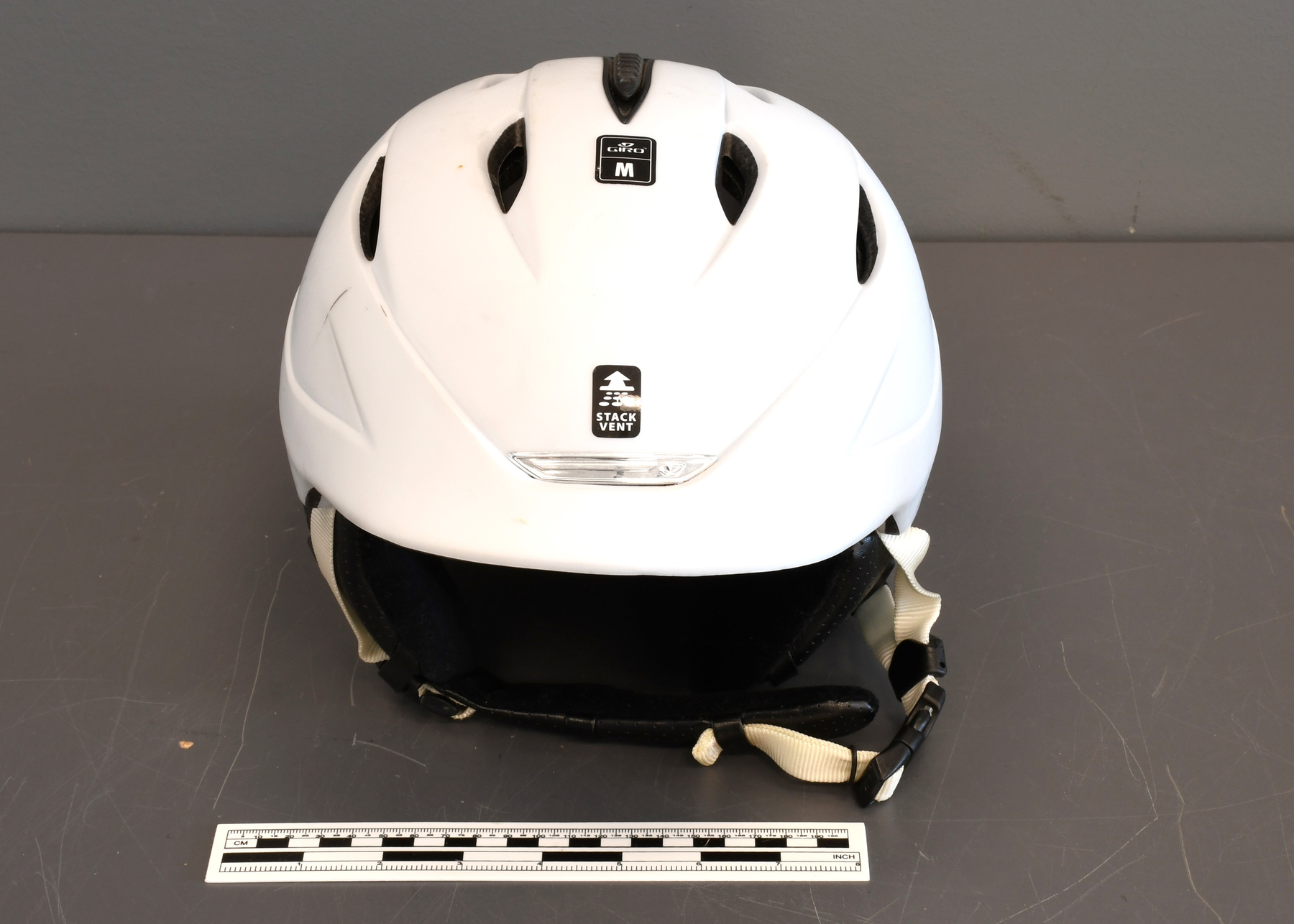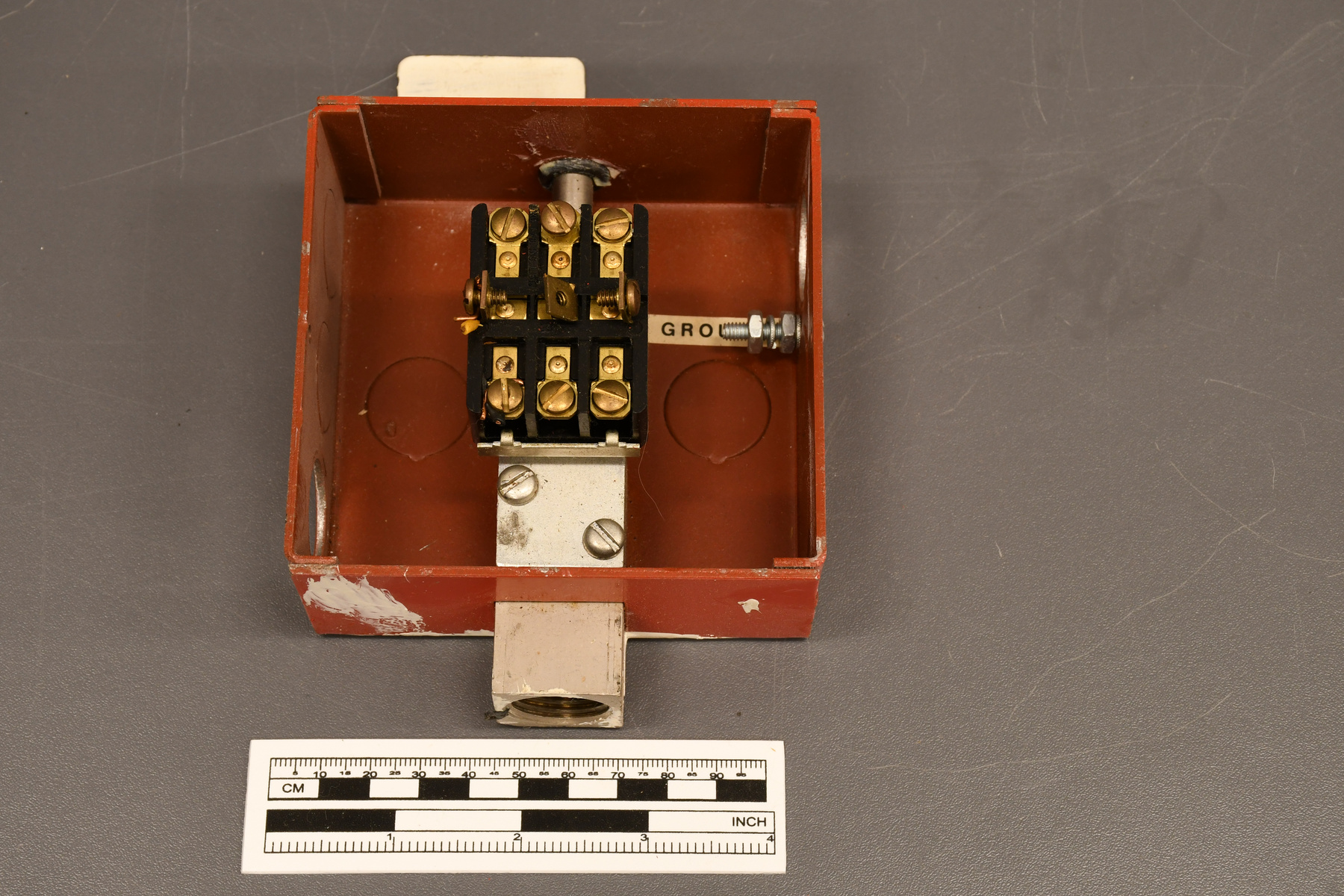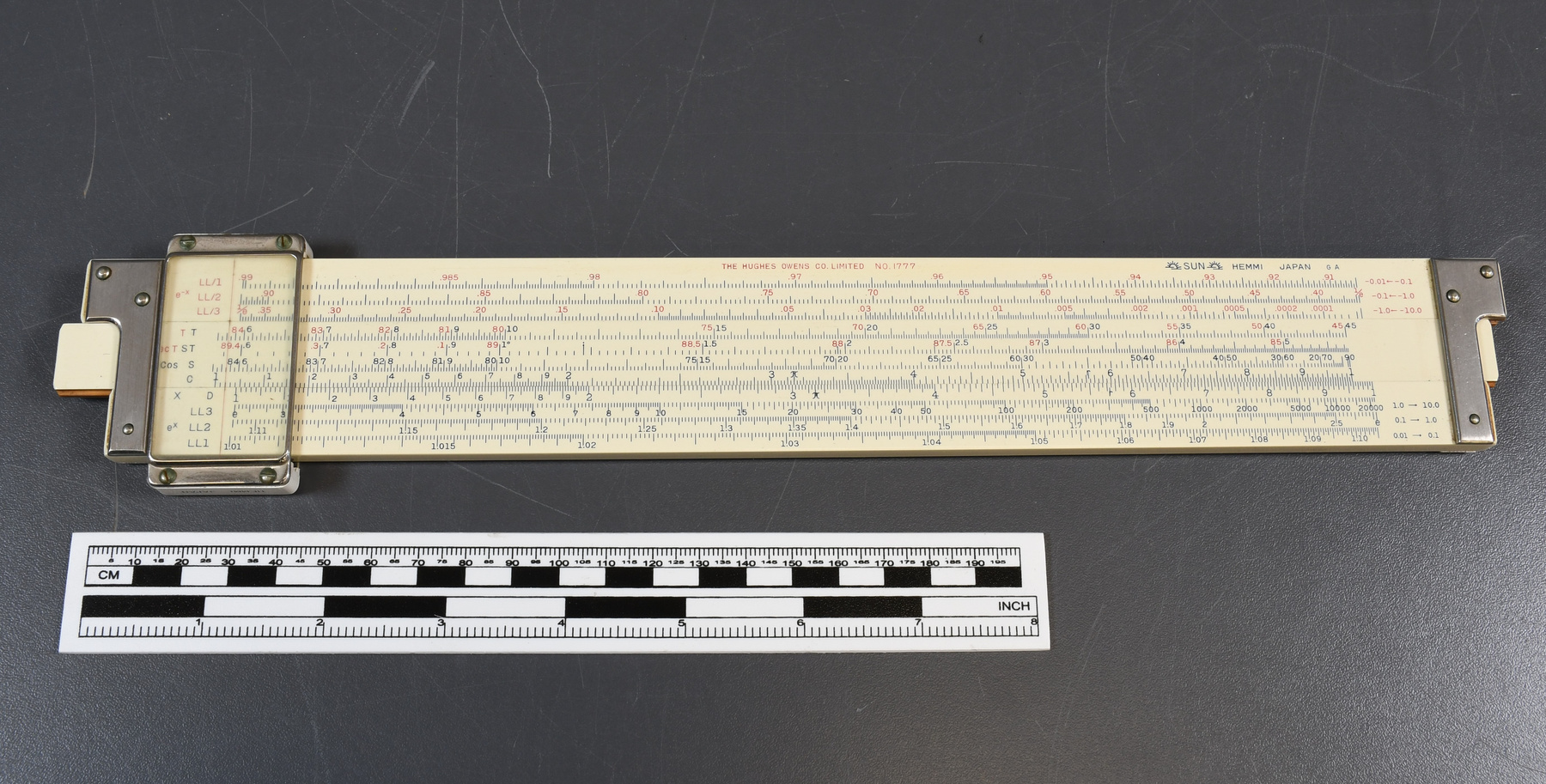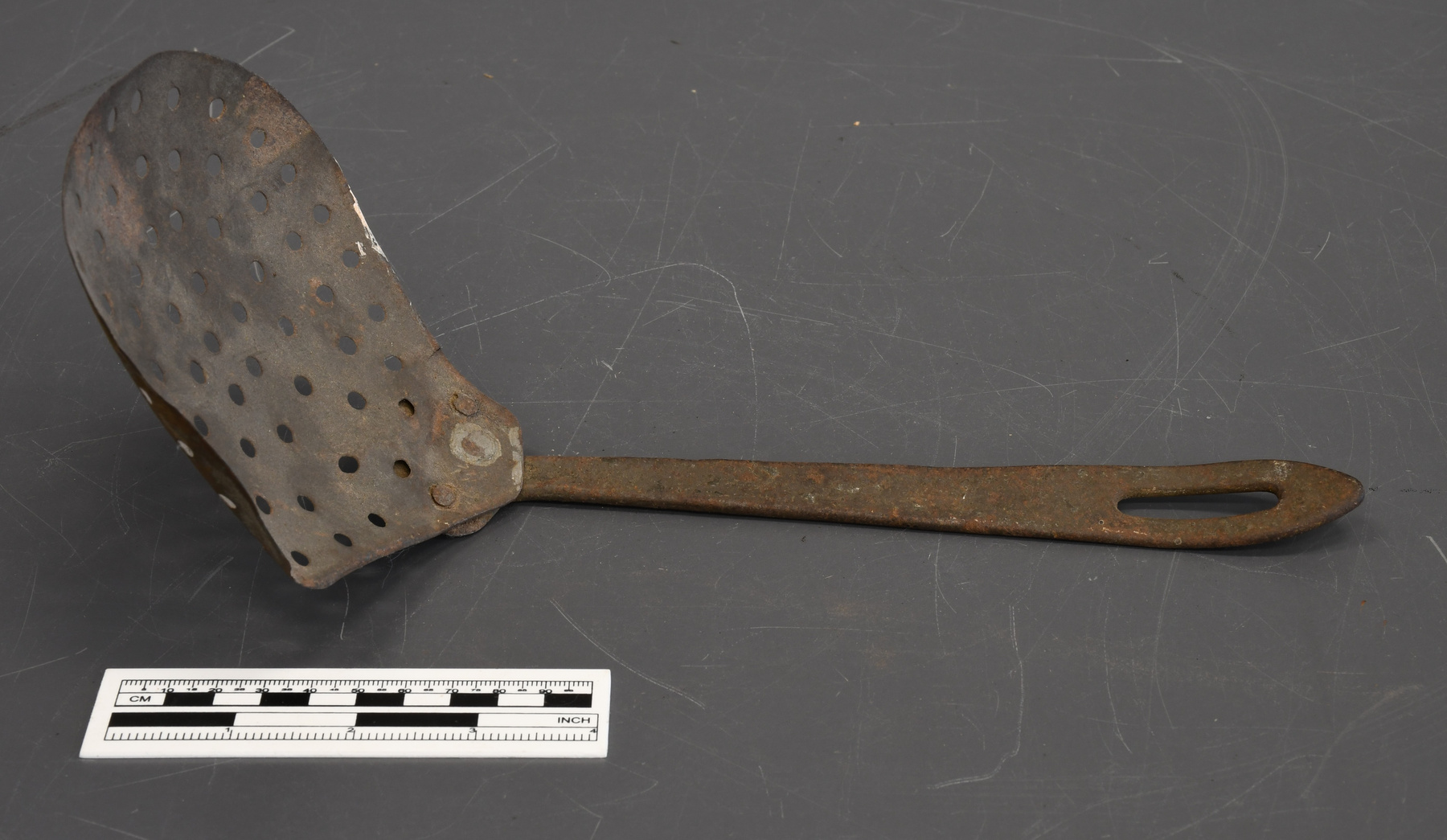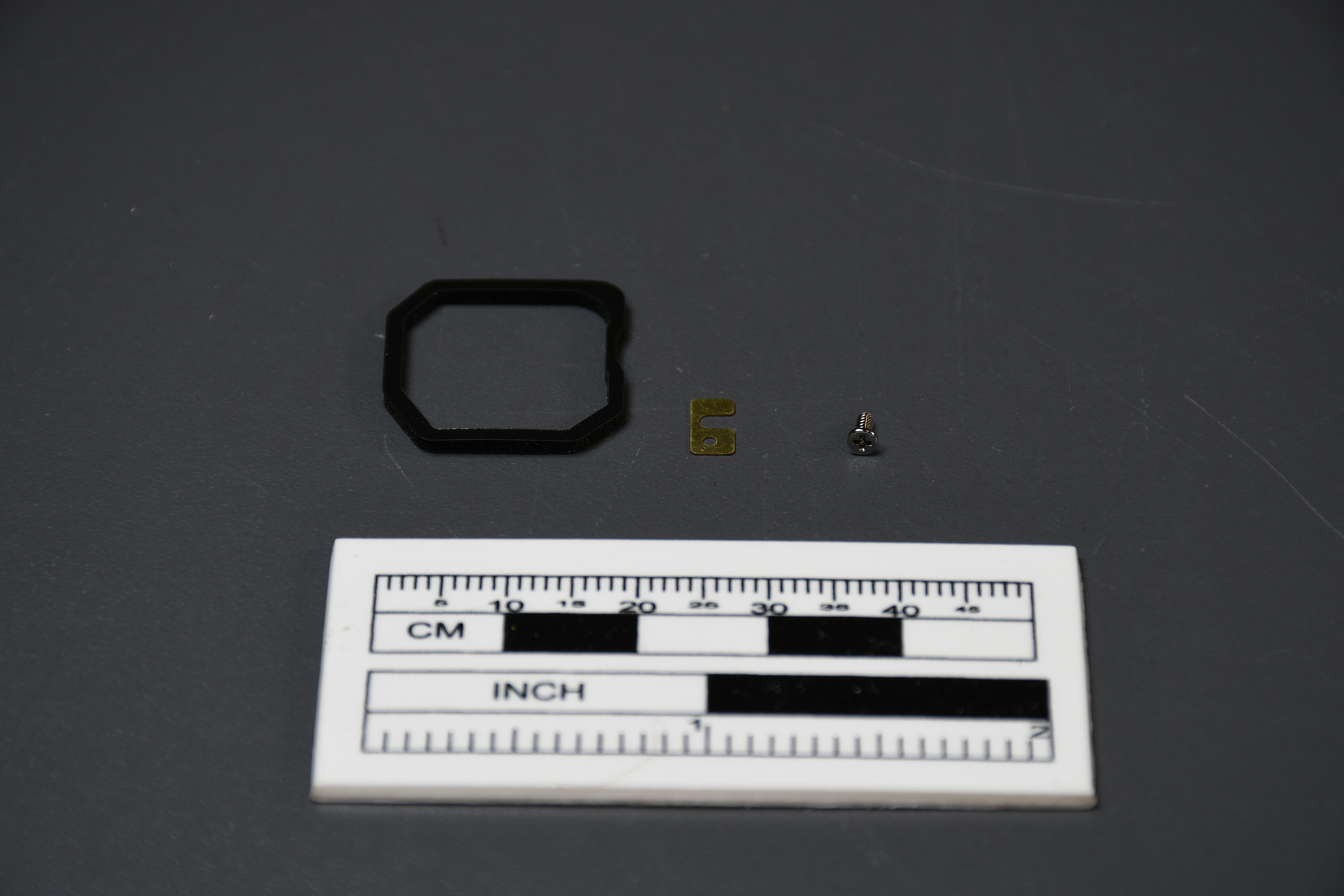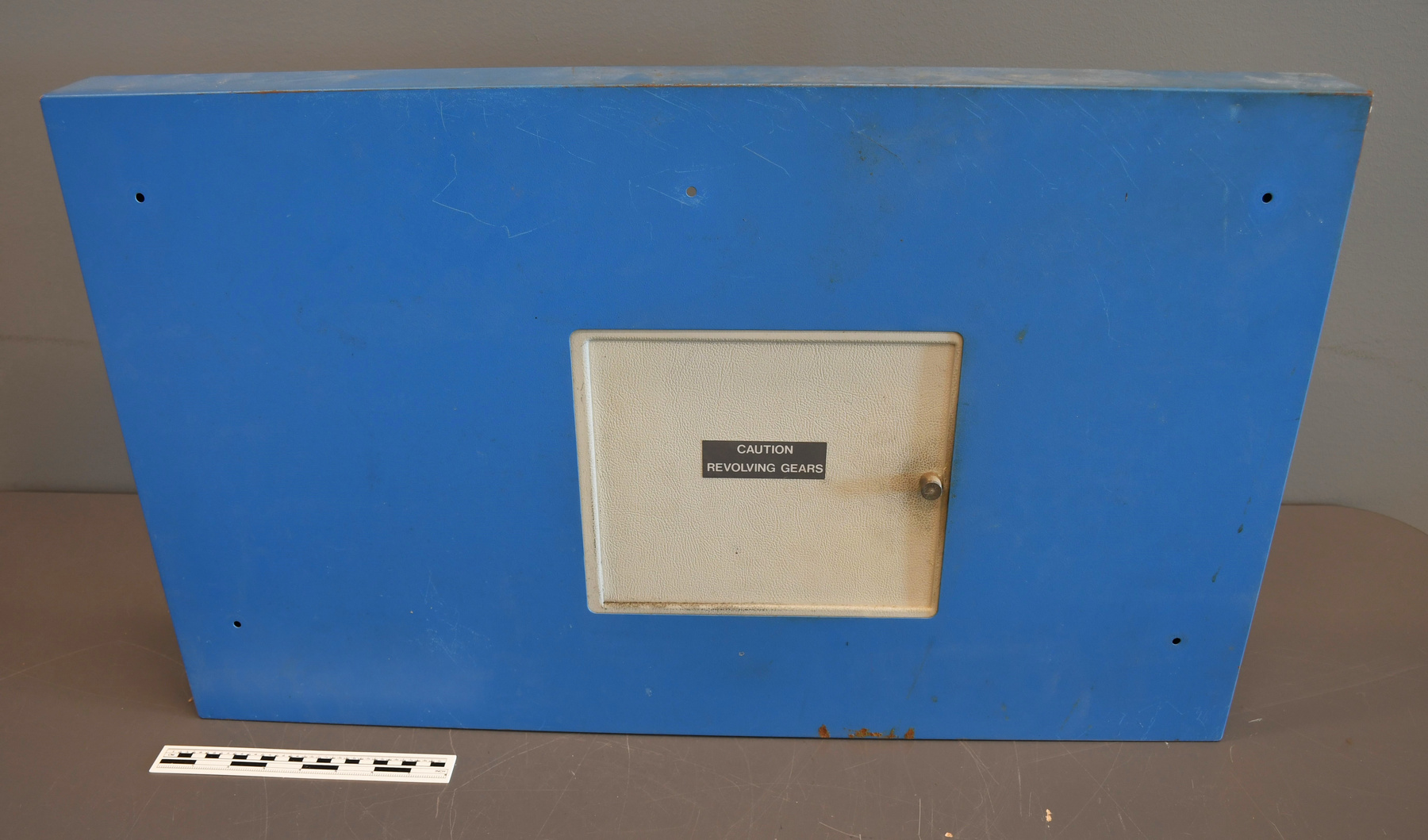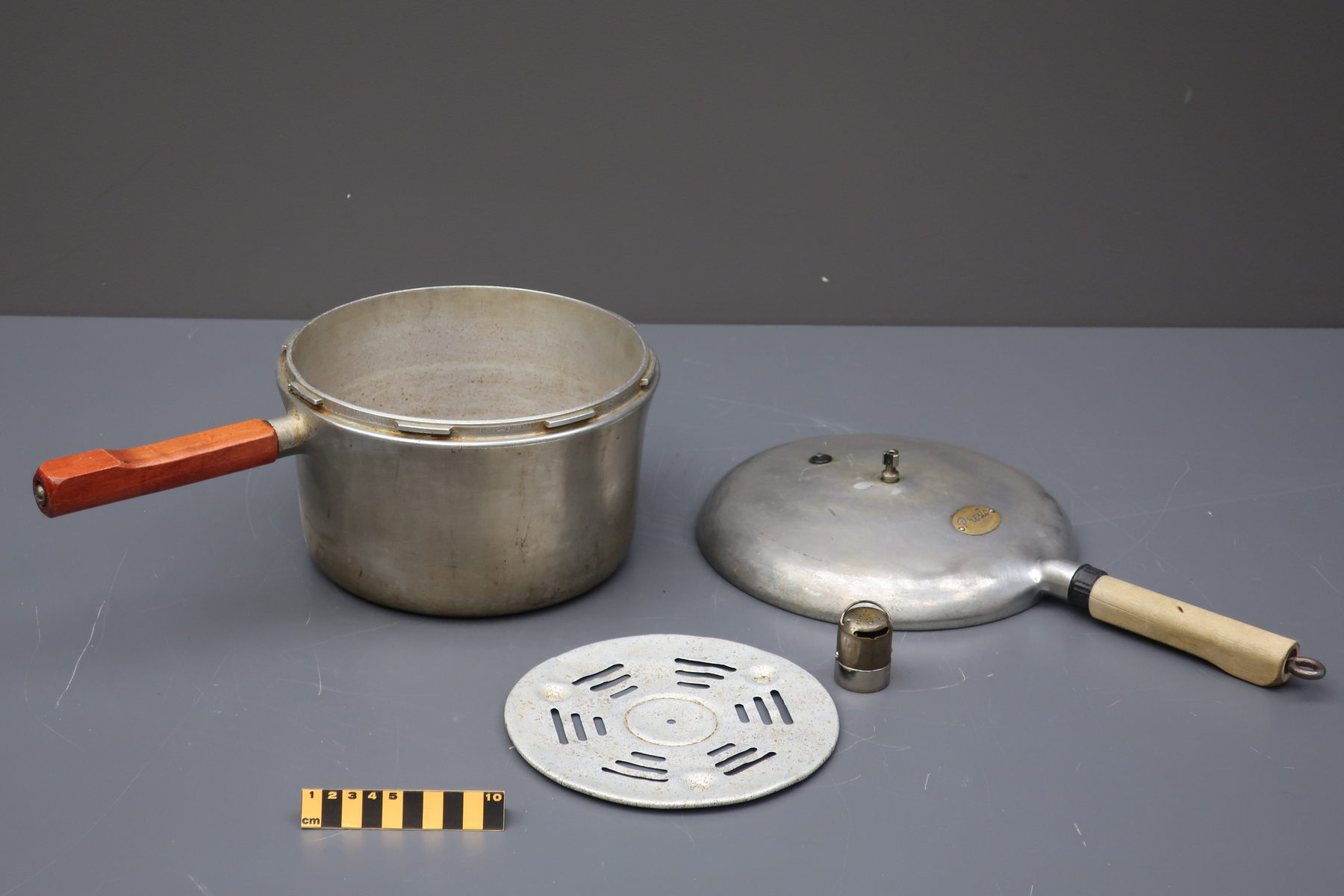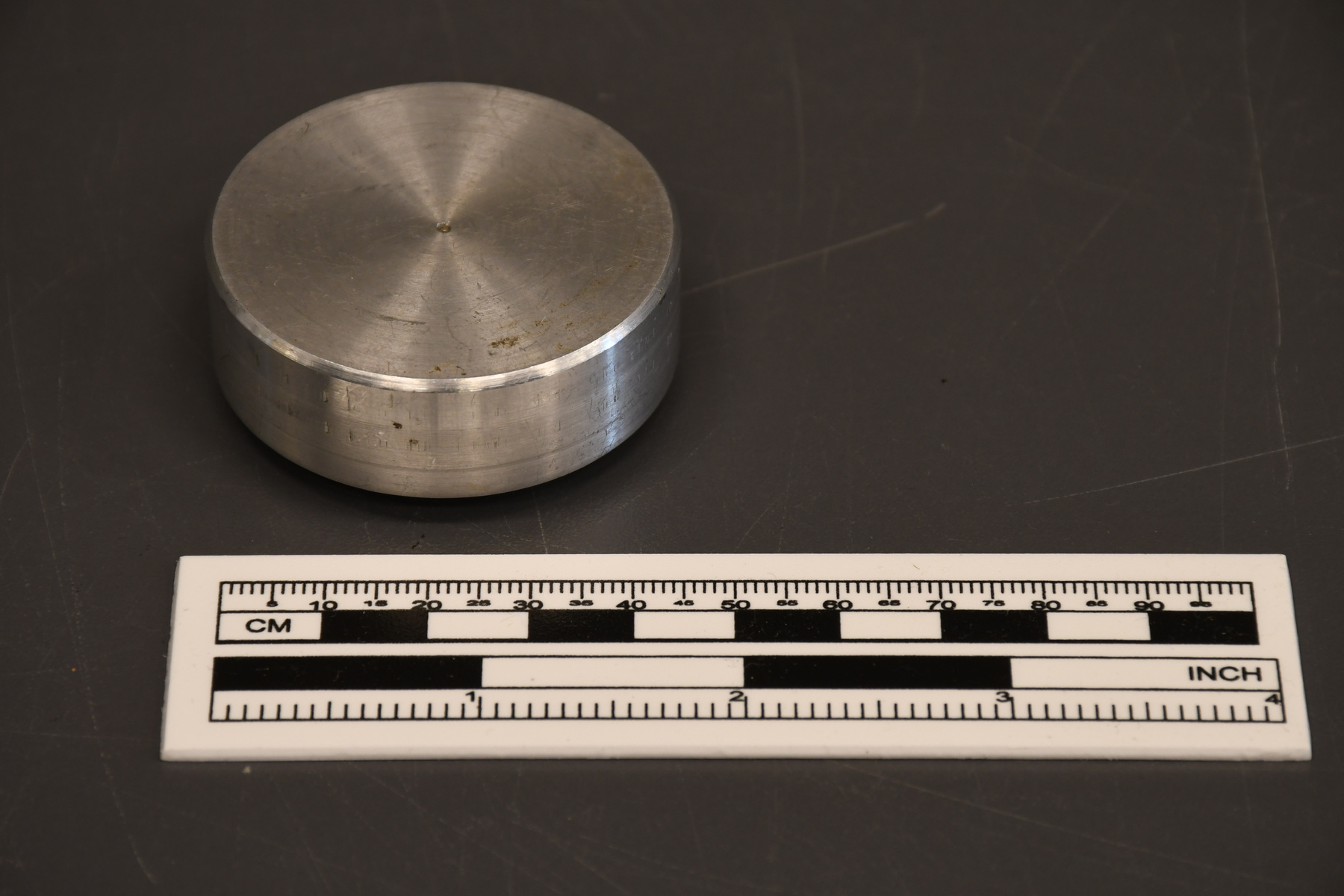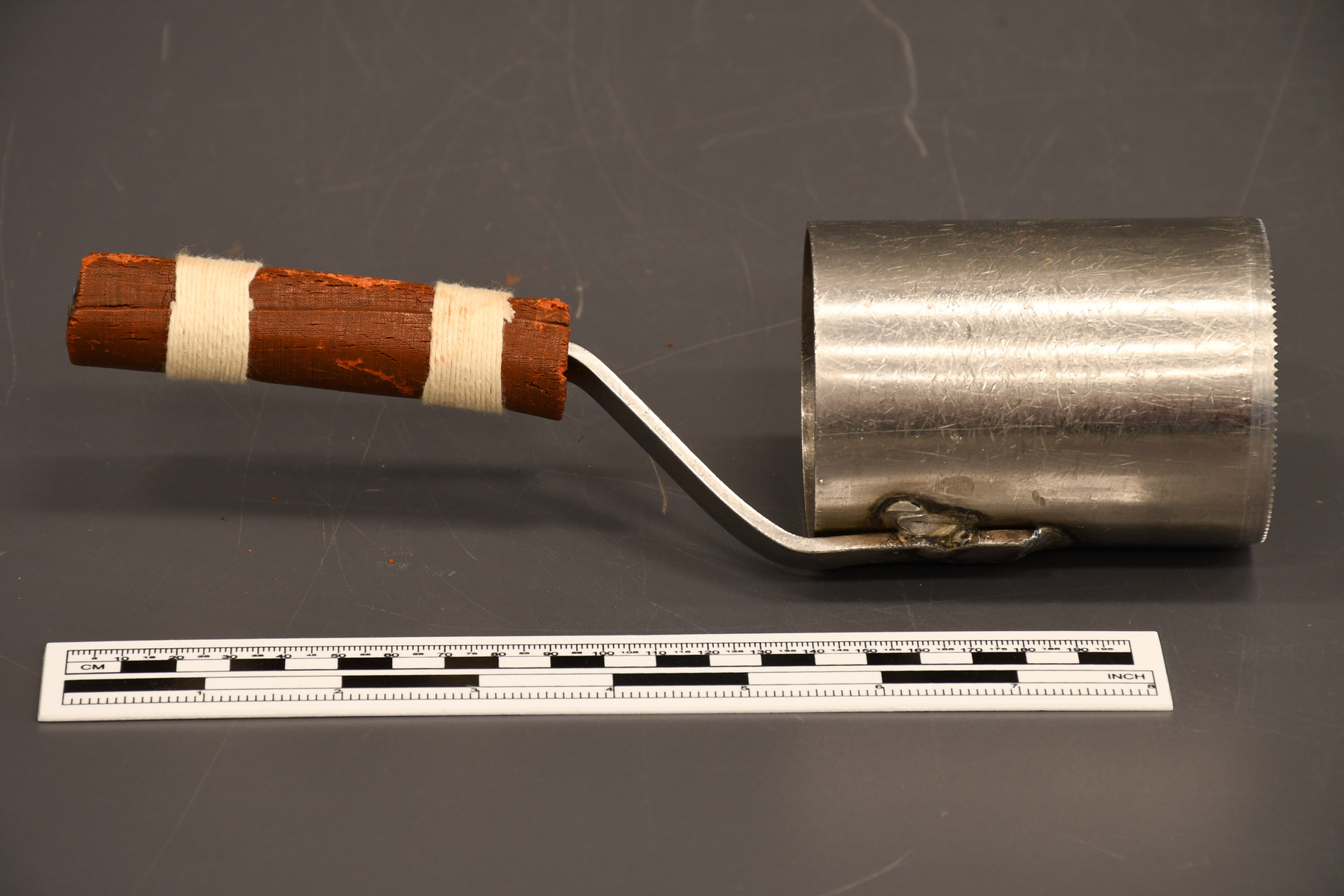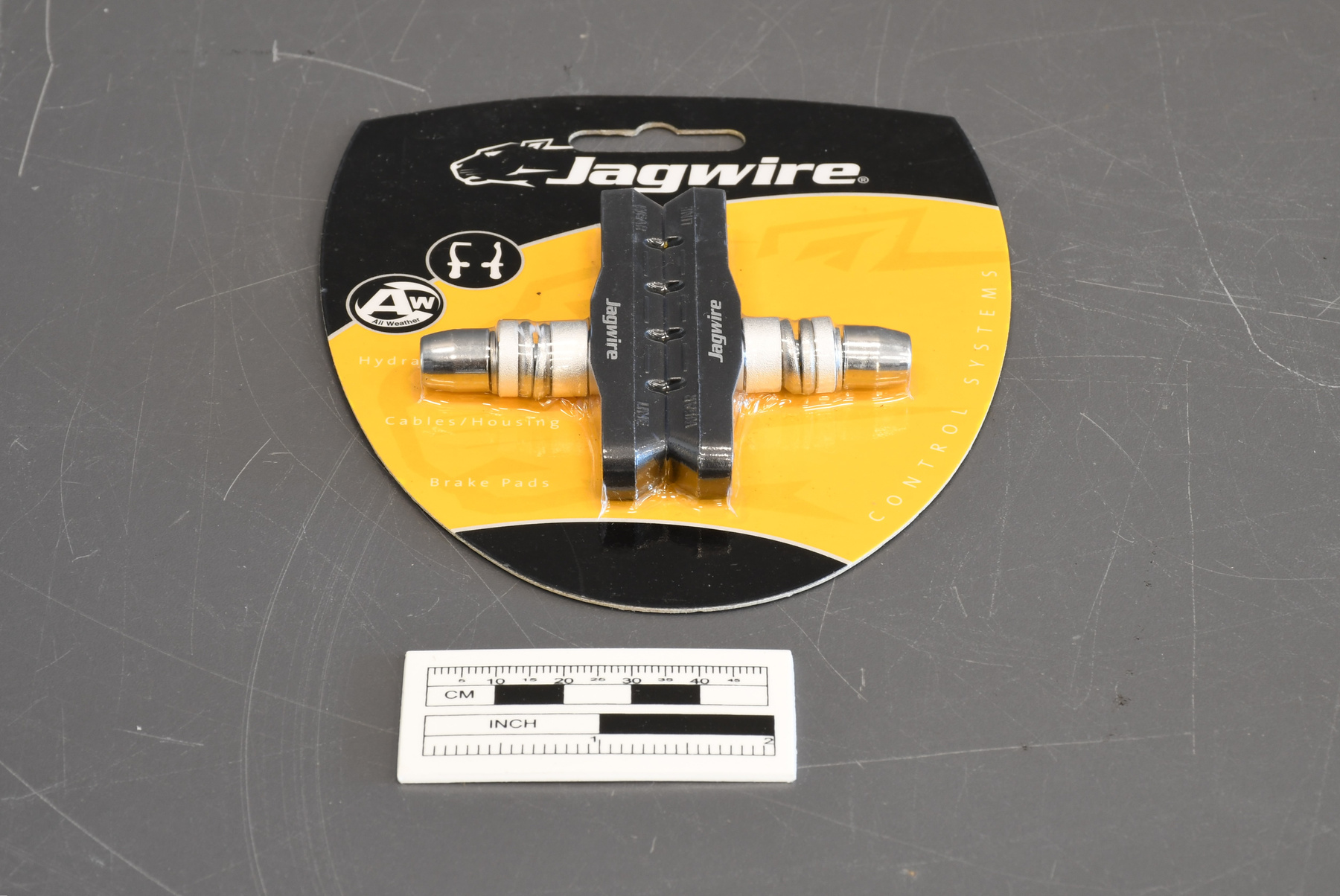Packaging
Use this image
Can I reuse this image without permission? Yes
Object images on the Ingenium Collection’s portal have the following Creative Commons license:
Copyright Ingenium / CC BY-NC-ND (Attribution-NonCommercial 4.0 International (CC BY-NC 4.0)
ATTRIBUTE THIS IMAGE
Ingenium,
2008.1873.002
Permalink:
Ingenium is releasing this image under the Creative Commons licensing framework, and encourages downloading and reuse for non-commercial purposes. Please acknowledge Ingenium and cite the artifact number.
DOWNLOAD IMAGEPURCHASE THIS IMAGE
This image is free for non-commercial use.
For commercial use, please consult our Reproduction Fees and contact us to purchase the image.
- OBJECT TYPE
- coprocessor
- DATE
- 1987
- ARTIFACT NUMBER
- 2008.1873.002
- MANUFACTURER
- INTEL CORP.
- MODEL
- Unknown
- LOCATION
- United States of America
More Information
General Information
- Serial #
- N/A
- Part Number
- 2
- Total Parts
- 2
- AKA
- N/A
- Patents
- N/A
- General Description
- An artifact made of cardboard material/Un objet fait avec du matériel en carton.
Dimensions
Note: These reflect the general size for storage and are not necessarily representative of the object's true dimensions.
- Length
- 17.8 cm
- Width
- 21.9 cm
- Height
- 2.7 cm
- Thickness
- N/A
- Weight
- N/A
- Diameter
- N/A
- Volume
- N/A
Lexicon
- Group
- Chemistry
- Category
- Test-measurement equipment
- Sub-Category
- N/A
Manufacturer
- AKA
- INTEL
- Country
- United States of America
- State/Province
- Unknown
- City
- Unknown
Context
- Country
- Canada
- State/Province
- Ontario
- Period
- 1967-1990s
- Canada
-
The vacuum Ebert spectrograph, developed by Donald A. Ramsey at the NRC, was a central instrument in Canada’s contributions to spectroscopy from approximately 1950 to the 1990s. Lead by Nobel Laureate, Gerhard Herzberg, Canada was a leader in this part of physics in the post WWII era. Using this device, D.A. Ramsey and Barry Lutz were able to confirm that the Kuiper bands of Uranus were made of methane. This finding had eluded scientists since the early days of astrophysics. Ramsey, a gifted experimenter, was able to produce this extremely high-resolution spectrograph, in order to determine the origins of the bands in the laboratory. The laboratory findings were compared with Lutz’s observations and measurements of the Uranus bands. The measurements were based on observations taken at the Mount Hamilton Station of the Lick Observatory, California. Le spectrographe Ebert avec une pression à vide était conçu au NRC par Donald A. Ramsey. L'instrument était primordial pour que le Canada puisse contribuer au domaine de spectroscopie pour plus de quarante ans entre 1950 et les années 1990s. La recherche était menée par Gerhard Herzberg qui était un lauréat pour le prix Nobel. Canada est rapidement devenu le meneur dans ce domaine de la physique après la deuxième Guerre Mondial avec Herzberg en charge. M. Ramsey et Barry Lutz ont réussit à confirmer que les bandes Kuipers de l'Uranus sont faits en méthane en utilisant cette machine. La découverte échappait aux scientifiques depuis l'enfance de l'astrophysique. Ramsey était capable de produire ce spectrographe à haute résolution pour déterminer l'origine des bandes au laboratoire. Le scientifique a pu comparer ces résultats avec ceux de Lutz. Les deux séries de mesurément étaient pris à la station de Mont Hamilton a l'observatoire Lick en Californie. - Function
-
This artefact protected and marketed a coprocessor. The coprocessor allowed a computer to increase its calculation speed in order to interpret the data of the Ebert spectrograph at a higher rate. Cet artefact était responsable de protéger un coprocesseur. L'emballage fonctionnais aussi comme une publicité pour les consommateurs quand l'objet était mis sur une tablette. Le coprocesseur permettais a un ordinateur d'augmenter sa vitesse de calcul pour pouvoir interpréter les données transmit par un spectrographe Ebert à un rythme plus élevé. - Technical
-
This type of spectrograph dates back to the work of Hermann Ebert in 1889. He developed a spectrometer that consisted of an entrance slit, a single concave spherical mirror, a diffraction grating, and a small photographic plate in the plane of the entrance slit. This artifact is a Ramsey spectrograph, a 33-meter multiple-path cell, that produced spectra of the highest resolution at the time. The main body of this spectrograph was made by Fleck Industries before being installed at the NRC. Despite difficult struggles with leaks in the early construction phase of the optical components, large leak detectors (as big as fridges at the time) were installed and used to locate and fix the leaks. The resultant vacuum conditions allowed for much longer exposures and more precise images. This instrument was also a success due to its optics. The initial resolution of the instrument was not as good as expected, and a new mirror had to be ground and installed. The resolution improved significantly. There were also two gratings in this model, one high and the other low resolution. Ce genre de spectrographe est inspiré par le travail de Hermann Ebert en 1889. Il a développé un spectromètre qui possédait une fente d'entrée, un miroir concave et sphérique, un réseau de diffraction et une plaque photographique située sur le plan de la fente d'entrée. Cet artefact est un spectrographe Ramsey qui possède un trajet-multiple de plus de trente-trois mètres qui produisaient une résolution de la plus haute qualité de sa génération. Le corps du spectrographe était fabriqué par Fleck Industries. Malgré les fuites au début de la phase de construction des composantes optiques, l'installation des détecteurs de fuites installer par la suite ont réussi à trouver et arrêter le déluge. Les conditions après l'installation a construit des conditions de pression à vide qui permettait à la machine de développer des images plus précises avec une exposition prolongée. L'instrument était aussi favori grâce à ces composantes optiques. La résolution initiale n'était pas une haute gamme et donc un nouveau miroir a dû être dépoli et installer. Ceci a augmenté la résolution a un niveau requis. Il y avait aussi deux genres de réseau qui accompagnaient ce modèle qui permettait à une résolution base ou celui qui apportait une résolution plus augmentée. - Area Notes
-
Unknown
Details
- Markings
- On the front of the packaging/Sur le devant de l’emballage:“Genuine Intel/Math Coprocessor/Personal Computer Enhancement”,On the bottom of the packaging/Sur le dessous de l’emballage: “Math Coprocessor Personal Computer Enhancement/Printed in U.S.A. Copyright C. 1985. Intel Corporation. All rights reserved., intel.”,On the top of the packaging: ““Math Coprocessor Personal Computer Enhancement, intel”,On the back of the packaging/Sur le dos de l’emabllage: “Intel Math Coprocessors/Increased system recalc speed by a factor/of two to ten/Supported by1-2-3 Symphony,/Framework, and many other leading/software packages./Different versions available for IBM PC,/AT and compatibles./Plug into existing socket in your personal/computer./Work with Intel Above Board to make/your PC run like a new machine, and/ take AT performance to the limit!/Above is a trademark of Intel Corporation. 1-2-3 and Symphony are registered trademarks of/Lotus Development Corporation. Framework is a trademark of Ashton-Tate.".
- Missing
- This artifact could be misisng the coprocessor that was once inside the packaging/Cet artefact manque possiblement le coprocesseur qui était à l'intérieur de l'emballage.
- Finish
- This artifact is rectangular in shape and made of cardboard. It has red, grey, and blue triangles that extend from its proper right side across its face. Black lettering is also visible on its front, top, bottom, and back. A flap can allow this packaging to open from its proper left side. Cet artefact est fait en carton en forme rectangulaire. Il a des flèches rouges, gris et bleu qui commence sur le bon côté droit de l'artefact. Un lettrage noir est aussi visible sur la face, le dessus, le dessous et le dos de l'emballage. Il a aussi une lèvre qui peut est inséré sur le bon côté gauche de l'objet pour la fermer ou ouvrir l'objet.
- Decoration
- N/A
CITE THIS OBJECT
If you choose to share our information about this collection object, please cite:
INTEL CORP., Packaging, circa 1987, Artifact no. 2008.1873, Ingenium – Canada’s Museums of Science and Innovation, http://collection.ingeniumcanada.org/en/id/2008.1873.002/
FEEDBACK
Submit a question or comment about this artifact.
More Like This

